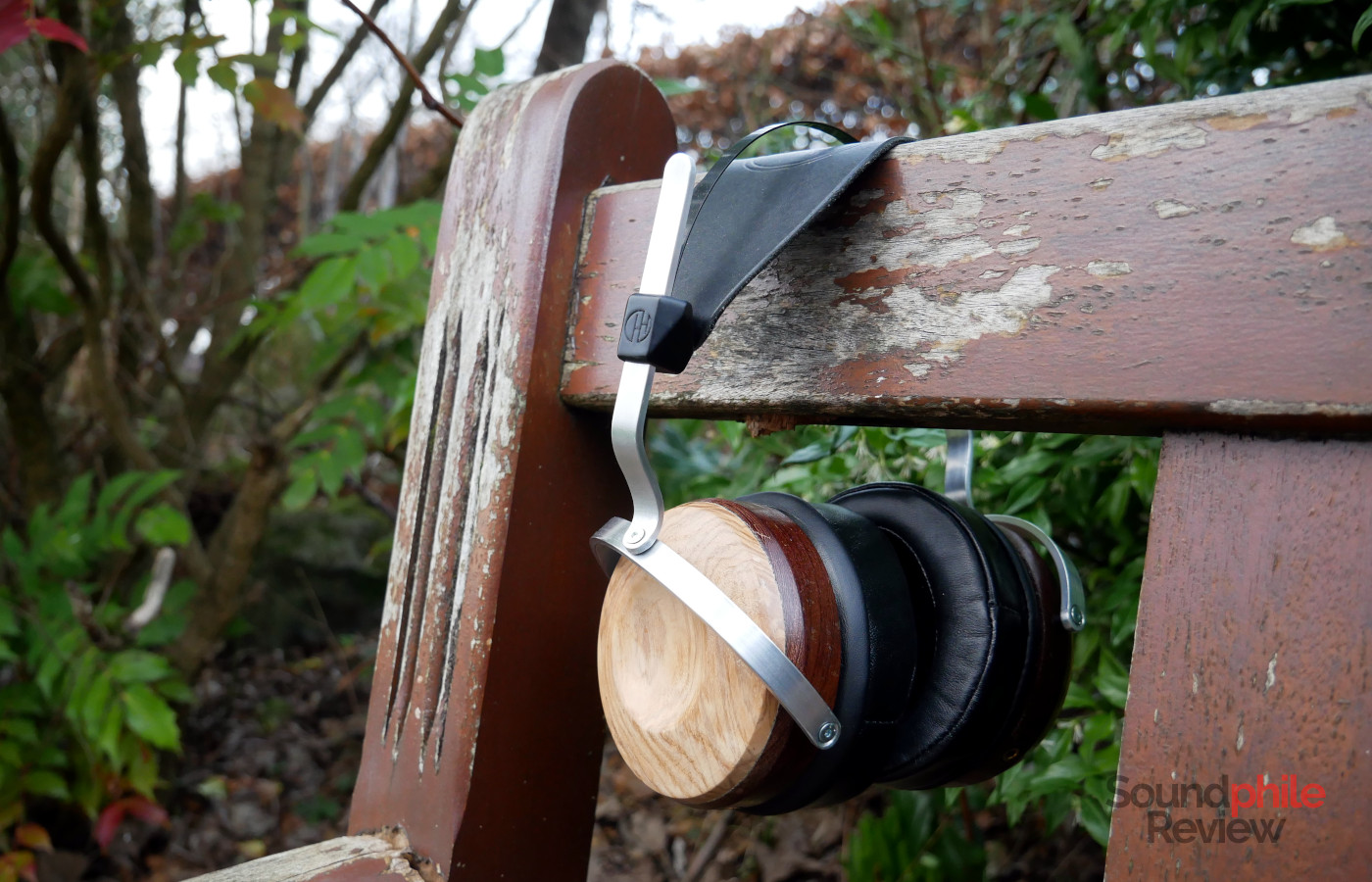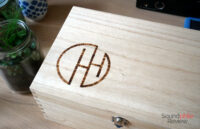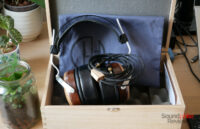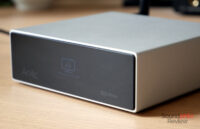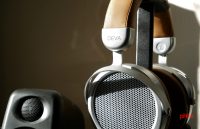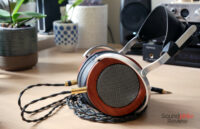The Hyland Eclipse are not perfect, not by any means: you can see that they are made by hand, with small imperfections here and there. But in a world that tries very hard to hide any flaws, in things and in people, this is a refreshing take on how to make headphones. The result of a long time spent on development, the Hyland Eclipse are a testament of what a man with enough passion and drive can achieve, and it’s quite astonishing. Not only are the Eclipse fantastic headphones in the boutique, limited-run world, but also in the much larger market of headphones in general – even considering those developed by multi-million-dollar companies. As Hyland Headphones’ first closed-back headphones, the Eclipse are incredibly fascinating and truly good sounding.
Disclaimer: Hyland Headphones kindly loaned me this unit. The Eclipse retail for £850.
TL;DR: recap
| Pros |
Cons |
| + Quite comfortable
+ Unique design + Artisanal build + Slightly coloured, balanced sound |
– Upper mids can be a bit intense at times
– Limited bass depth |
Rating: 8.5/10
Packaging & Accessories
I received the Hyland Eclipse in the same packaging that customers receive: a wooden box with the Hyland Headphones logo fire-branded on it, containing the headphones, a cable, a 3.5 mm to 6.3 mm adapter, a stringed fabric bag and a certificate of authenticity.
Design & Comfort
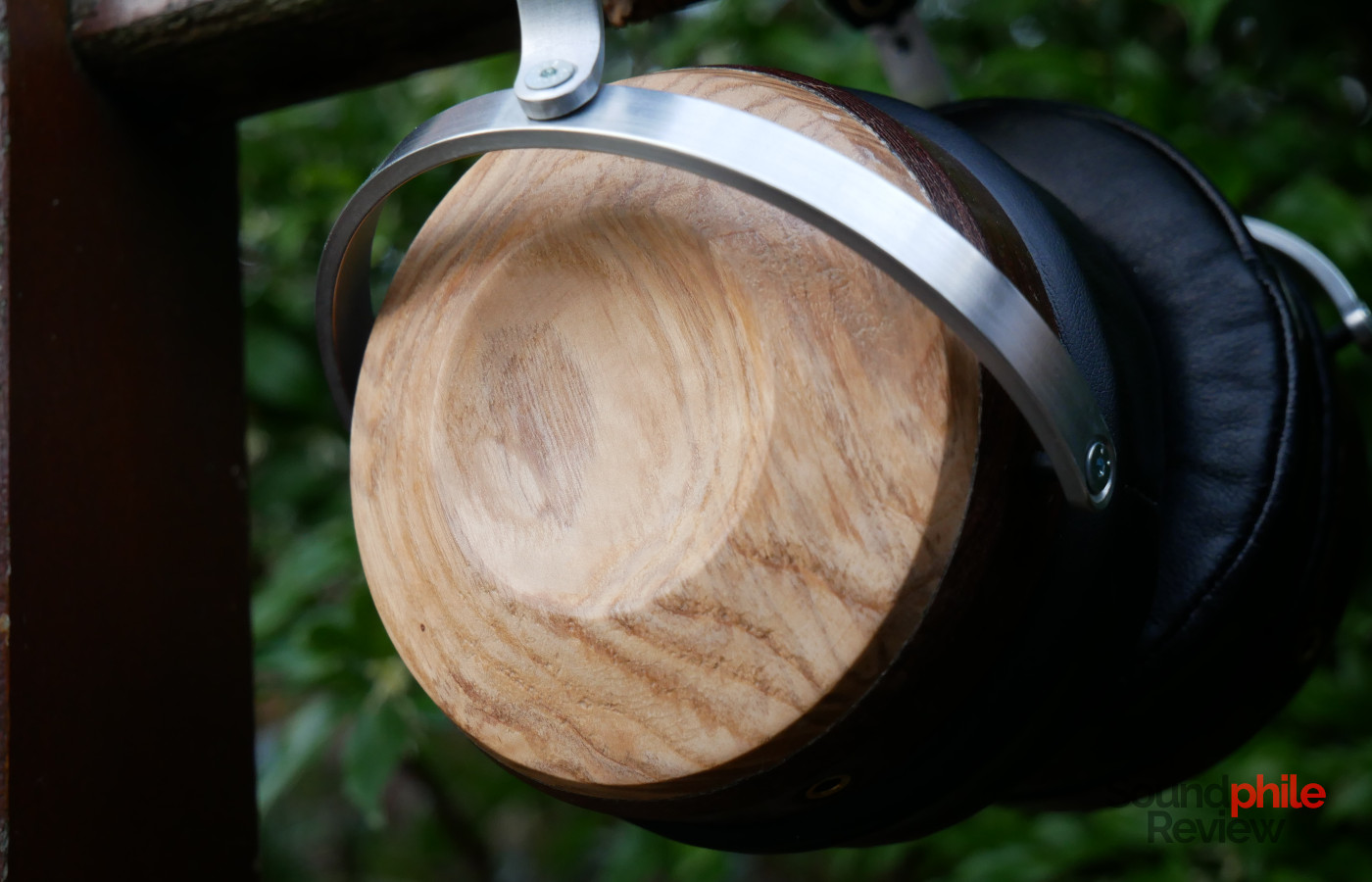
Many things have changed since I reviewed the Saturn One, but some things have stayed the same. The Eclipse have the same artisanal look to them: they look like they have been worked by hand, instead of by machine, with small imperfections that make them certainly more unique and, in a way, real. The earcups are made with two different types of wood, one for the top and one for the rest; in my case the woods used are panga panga for the cup and rippled ash for the top. The wood is smooth, but it has a bit of roughness to it that makes it feel like true wood – it’s a bit like the difference between furniture made of solid wood and the one you can buy in IKEA with a wood print on it: you can definitely feel which wood is real and the same applies here.
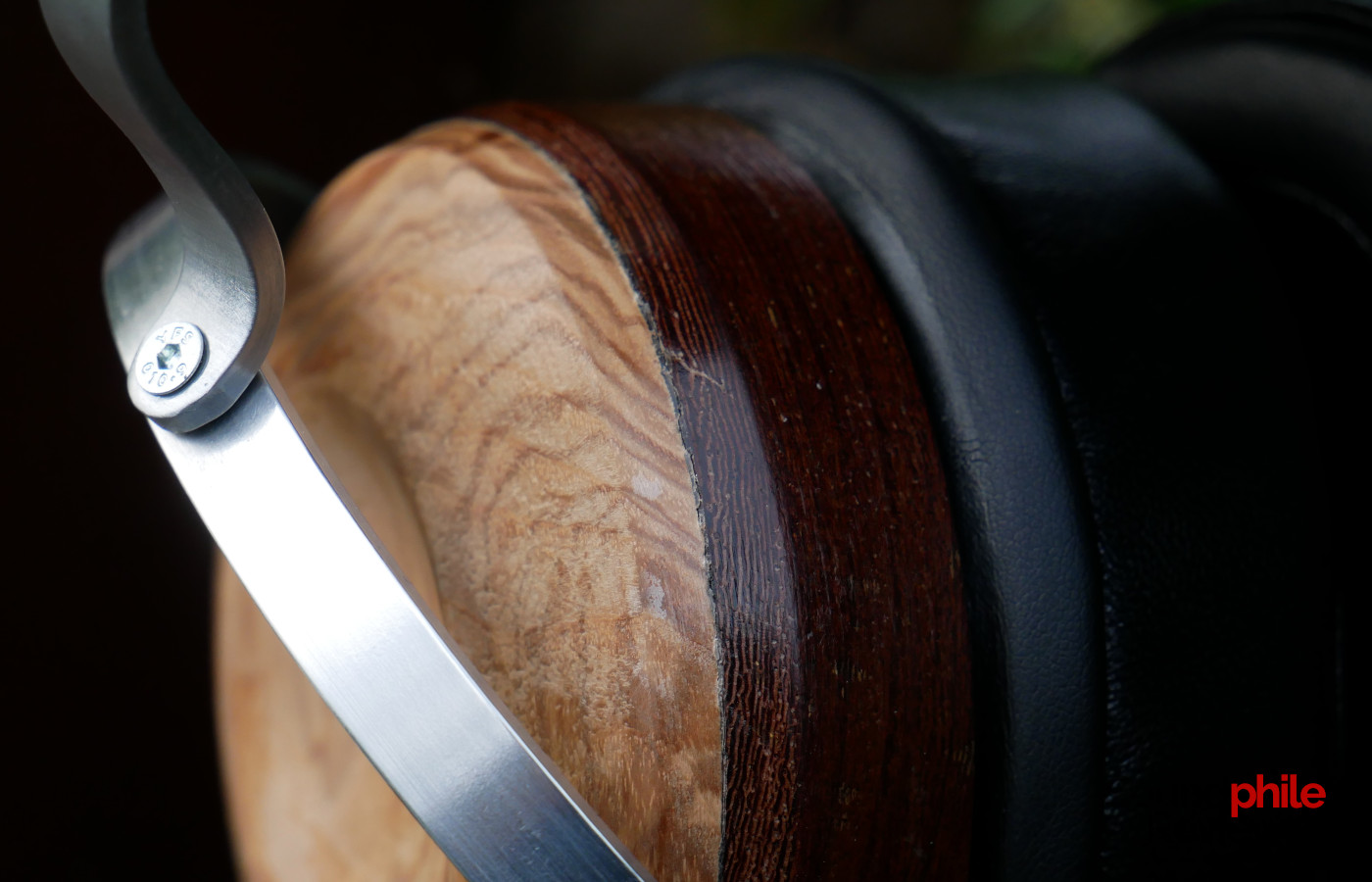
Despite being made of solid wood and being quite large, the Eclipse are far from heavy at 405 g (without the cable). My first reaction when I picked them up was of surprise about the weight, as I expected them to me much heavier. This is also due to the gimbal and headband being very light: the gimbal is made of pieces of aluminium, while the headband is made of steel. The strap is made of leather (though I guess a vegan option may be available as well).
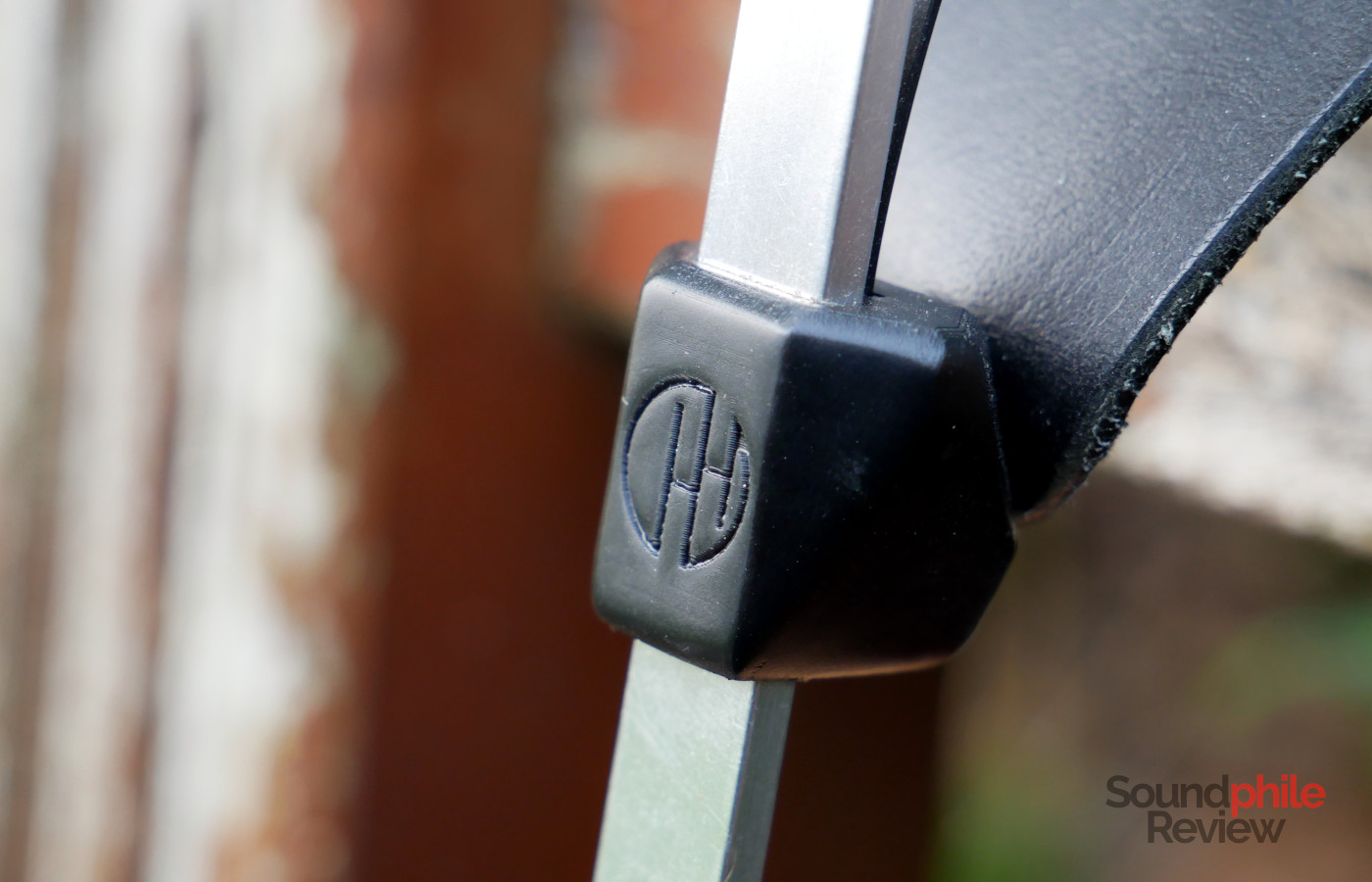
The design is overall quite simple and there is definitely a sense of continuity with previous releases by Hyland, though there’s also certainly a sense of novelty due to the new headband (the old one was made of several pieces of leather stitched in, this one is a single piece) and to the new adjustment system. Hyland used a 3D-printed piece to connect the gimbal and the headband and this small detail alone elevates the Eclipse above its predecessors as it gives it a distinctive style – and certainly more personality, compared to the Grado-style design of previous headphones. The new rod blocks also feature a spring mechanism, so you hear and feel a satisfying “click” whenever you adjust the height of the headband.
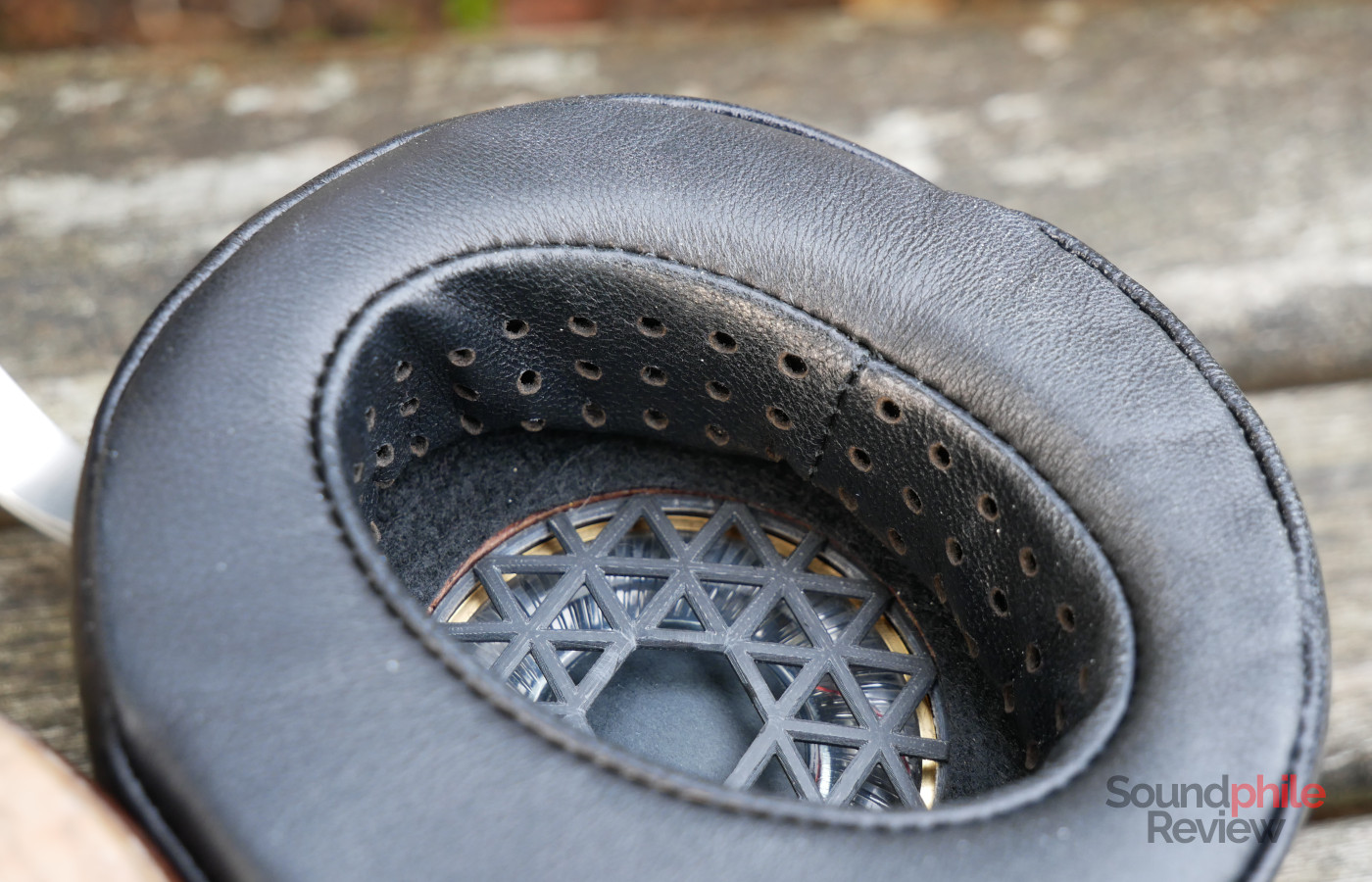
The earpads are entirely covered in leather, with the inside having a lot of holes to provide both better ventilation and better sound. They’re quite soft and this, coupled with the relatively low clamping force of the headband, makes the Eclipse quite comfortable. The headband strap is also quite large, which helps distribute the weight on the head and prevents comfort issues even to people with extremely sensitive scalps like me. I can, in fact, wear the Eclipse for more than two hours without feeling any discomfort, which is quite an achievement.
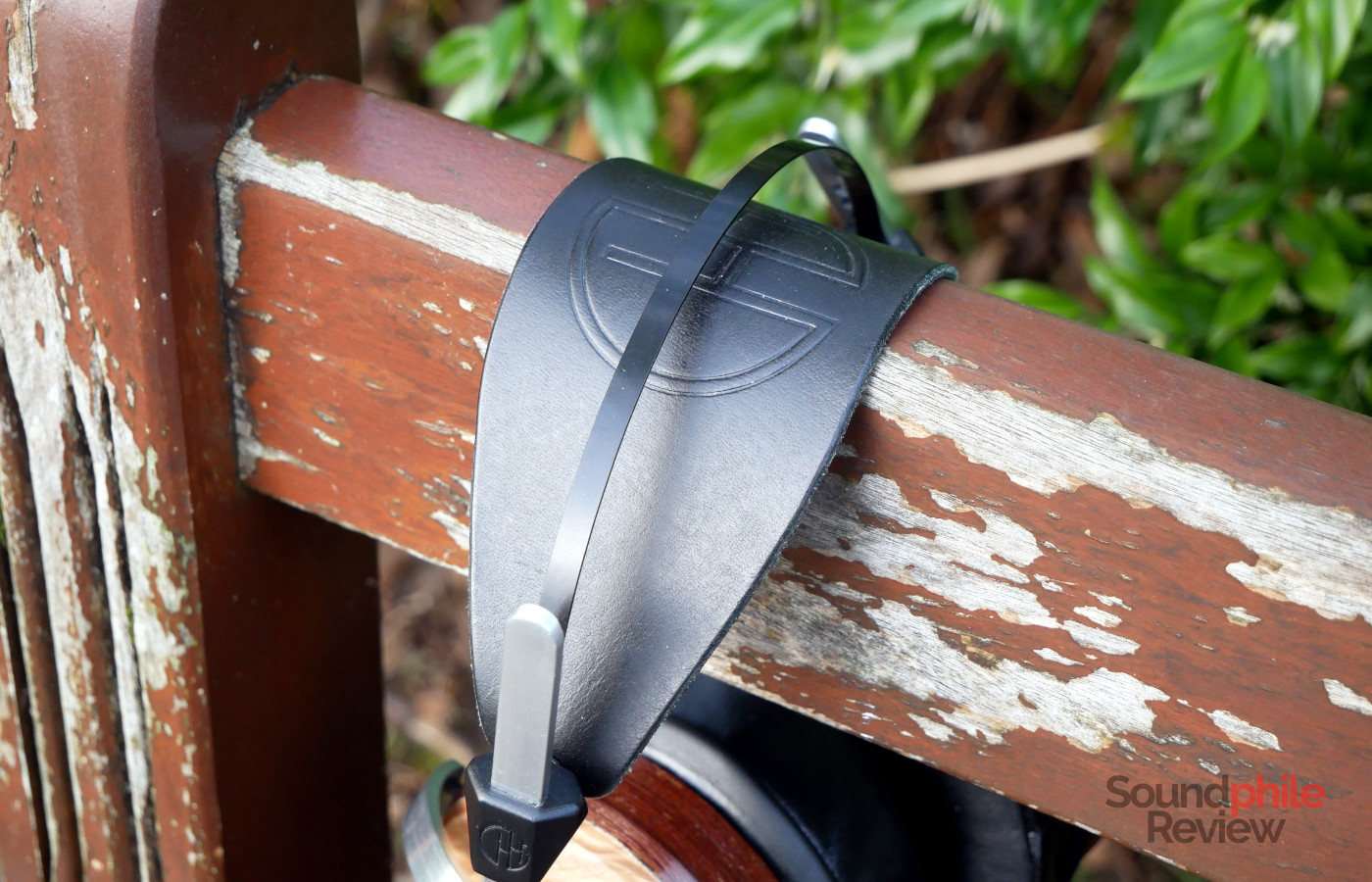
As a wearer of prescription glasses, though, I found that the Eclipse can be a bit difficult to deal with, as they tend to push the stems from behind. Putting the earpads on the back of the stems fixes this issue, but the downside is that you are then left with the stems pressing on your skull. I guess one can’t have everything! As a bonus, I found that there’s not much difference in terms of sound when I wear the glasses and when I don’t, though that’s also probably because my glasses’ stems are so thin they don’t break the seal.
Isolation is not perfect, but it does help. It’s enough for me to keep a reasonable volume while there’s a bit of noise inside the house, so it’s certainly a step up compared to open-back headphones. It’s nowhere near IEM level, though, so if you are looking for highly isolating headphones, these are not for you.
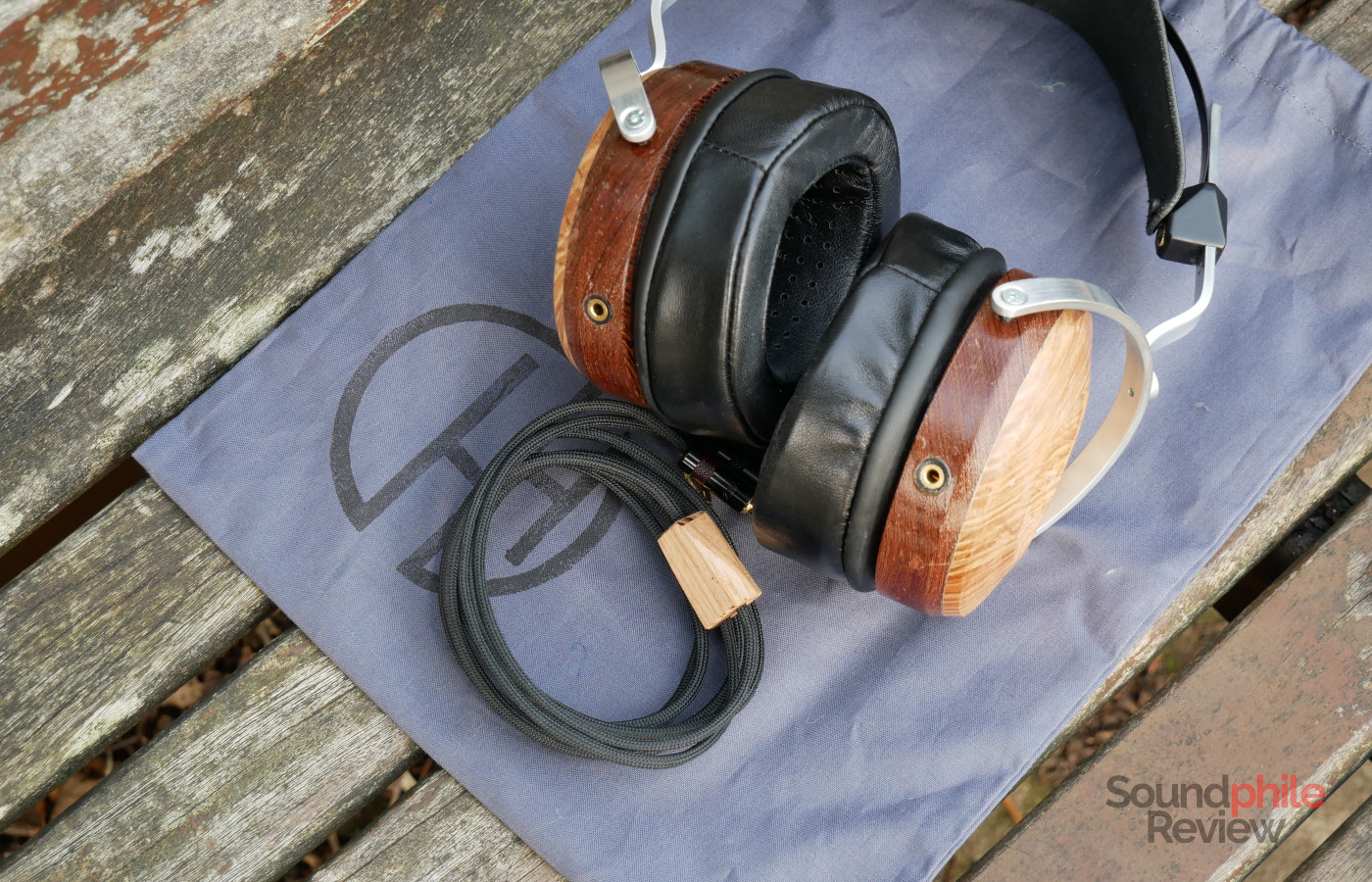
The cable is another of those things where Hyland has kept a link to its past, with the Y-split made of wood, but there’s quite a difference between this and the one that came with the Saturn One. This cable has a fabric jacket on it and is much softer and more malleable. It has little microphonics as well, though you can definitely hear it if you stroke the cable. Both ends have 3.5 mm jacks (though you can order any termination you need) with metal housings. As opposed to previous ones, this one’s made by NLovell Audio, a small English company that specialises in manufacturing cables.
Sound & Specs
I’ve mostly tested the Hyland Headphones Eclipse using a Topping DX7 and a Drop THX AAA 789 reproducing FLAC files ripped from CDs.
Hyland Headphones Eclipse |
| Frequency response | N/A |
| Impedance | 32 Ω |
| Sensitivity | N/A |
The Eclipse use the same driver as the Venus; in fact, they can be considered a closed-back version of those headphones. It is 50 mm in diameter, which really contributes to the physicality of the sound.
Soundstage is surprisingly good for a closed-back and it actually rivals some open-back headphones, though it has limited depth. It often sounds as if music was produced to the sides of the listener, with imaging being affected by this – the central position is not clearly defined and is a bit split into left and right. The sense of ambience is great, though, and makes you feel immersed in the music. Instrument separation is definitely good and scales really well with volume.
I didn’t expect bass to be strong and bold, but what I found is that it is often a bit muted and subdued. The Eclipse is not bass light – not at all, actually! – and definitely it doesn’t lack depth, although it doesn’t reach the deepest notes with ease. It’s something else, and I suspect it has to do with the closed-back design: low-frequency sound waves reflect on the internal part of the earcup, thereby cancelling the sound waves that actually travel towards the ears. The effect is slight, but audible. It makes bass less impactful and strong than it would if the driver were in an open-back design. This is a common issue with closed-back headphones and the reason why for so many years high-end headphones have been open-back designs – that’s true to this day, even though more closed-back ones are starting to pop up. As a consequence, the Eclipse are physical when they reproduce drumbeats and other percussions, but those don’t give you that same physical slam that other, open-back headphones give. Still, the Eclipse come out as very competent, with really good layering as well as a great amount of detail that goes into the most minute ones – listen to Aes Dana’s Inks for proof. Taking a look at the signature more from a general perspective, bass is just north of neutrality and will probably satisfy those who look for a balanced, yet slightly coloured headphone.
Quoting from an exchange I had with Alex Hyland, “I use the Eclipse when I want some level of isolation (which is not ear defender level to be fair, but enough to make the difference in those situations at home). I am pretty sure that venting the back of them would make a positive difference to the bass response, but the question is how big will the vent have to be to make the difference, and how much of a trade off will there be in terms of isolation.” The current response is in fact the product of a compromise, but a good one.
Midrange is overall decently balanced, though there are a few things to say in that regard. Right in the middle, between 1 and 2 kHz, there is a small dip that makes things like voices and pianos sound a bit more distant. There is also a small peak in the upper midrange that makes trumpets and other high-pitched instruments pop out quite a bit, sometimes to the edge of fatigue. As an example, the trumpet in COSMOS from the Cowboy Bebop soundtrack (the one from 1998) can be quite intense. Apart from these two things, which are overall minor, the Eclipse sound really good, with a very nice sense of detail and good speed. Decay, despite the closed-back cups, is also definitely good, though a bit on the slow side; the result is believable and enjoyable percussions. In general, the Eclipse’s midrange is quite enjoyable and although it is not neutral, it does most things right.
Treble is very well balanced and despite my ears preferring a bit more relaxed tunings lately, I really do enjoy how Hyland tuned these. There’s a very good sense of air and sparkle that makes cymbals pop out, also thanks to very good extension and to a relatively slow descent as the frequency goes up, but there’s never any occasion of them becoming aggressive or harsh. There’s a great deal of details here, also thanks to the very good speed.
Hyland Headphones Eclipse Comparisons
At the time of the writing of this review I have no other closed-back headphones in the same price range, so I will update this review if and when I will be able to with a proper comparison.
Final Thoughts
The Hyland Headphones Eclipse are not the usual headphones. They’re quite unique under many perspectives: the first one to consider is that they’re handmade, the second is that because of this every single pair is different from the others and can be tailored to your desires, the third is that they have a unique sound profile that is not quite neutral, but extremely enjoyable nonetheless. These features make the Eclipse stand out from the crowd, but they may also put off people who like to have a “perfect” product on their hand. A great thing about the Eclipse being basically made to order is that you can ask Hyland to make them as you like, so with different woods which, in turn, means with different flavours – as the wood does have an impact on the sound and gives it different tonality. And there’s also the aesthetic factor, of course, so you can choose wood types that you like visually.
From an acoustic perspective, the Hyland Eclipse are quite interesting and offer a lot of detail and a lot of what I expect from hi-end headphones, though they suffer from minor issues due to their being closed-back. Overall, though, they’re thoroughly enjoyable and provide you with a sound signature that goes well with everything as it adds just a bit of colour here and there without that getting in the way. I do think that the Eclipse are great headphones and they deserve being listened to – especially since they’re the first attempt at a closed-back of a small company whose heart and passion go into this product, and it really shows.

